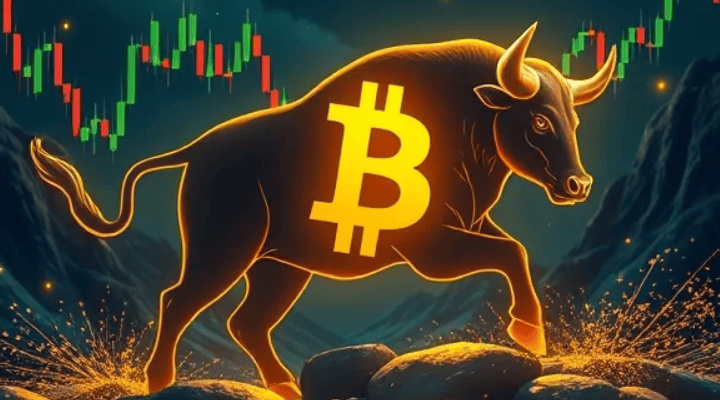Do you “HODL” a crypto coin/token while waiting for the “right time” to sell? We all look forward that the crypto assets we’ve chosen to hold will be worth much more in the future.
The problem is that when you HODL a cryptocurrency, the only way to profit from it is by having the price of your crypto increase compared to when you first bought it.
But what if I told you there are ways to earn passive income in crypto while holding your coins or tokens?
This form of passive income gradually increases the size of the crypto you store, generating interest in the form of crypto.
But before we proceed, you should know that I am not a financial advisor. Cryptocurrency is a form of investment that carries a high level of risk and may not be suitable for all who plan to invest. That is why everything written here is for educational and informational purposes only.
What is Proof-of-Stake?
Having a background on Proof-of-Stake is the first thing that you need to have before tackling this form of passive income called “staking”.
Proof-of-Stake (POS) is one of the most common forms of consensus mechanism used by most cryptocurrency blockchain networks.
POS allows for the processing of crypto transactions as well as the addition and validation of new blocks into a blockchain.
This form of consensus mechanism validates and secures entries in a public database such as blockchain technology which is done through staking.
These network participants called “stakers” or “validators” are what allow for the validation and addition of new blocks.
Unlike Proof-of-Work (POW) where participants called “miners” are required to solve cryptographic puzzles with their mining equipment in order to validate transactions in a blockchain network, POS simply relies upon participants, or “stakers”, to simply HODL and stake their crypto.
What is Crypto Staking?
Blockchain is the underlying technology behind cryptocurrencies, and through this, the data of all crypto transactions that occur 24/7 are stored within the respective blockchain of these different crypto coins/tokens.
When you lock up your crypto coins/tokens in an exchange, you receive rewards or earn interest. One of the ways to validate crypto transactions on a blockchain is by staking. This process assures the legitimacy of the data and transactions added to a blockchain.
Stakers or validators purchase and store a certain amount of coins/tokens into an exchange. They will then receive rewards in the form of the crypto they’ve staked in exchange for their contribution to the blockchain.
These forms of rewards are called “interests”.
The bigger the size of these validators’ stakes increases their probability to propose a new block into the network and collect higher rewards.
Think of this as depositing money into your savings account in your bank. While your money is in the bank, you will earn interest on your deposited money as a reward from the bank. These banks use all the money that is deposited into them for a multitude of purposes.
Therefore, we come to the conclusion that the reward you earn from staking a crypto coin/token into an exchange is similar to the reward you earn from putting your money in a bank.
How Can You Earn From Staking?
Let’s say that you have 1 Bitcoin (BTC), and the current price of 1 BTC is $20,000, and you are waiting for it to reach the price of $80,000 before selling your 1 BTC.
But because of the fact that you’re waiting for your Bitcoin to reach your desired selling price, you don’t know the exact date of when will BTC reach those higher prices due to the unpredictable nature of the crypto market.
Now, instead of holding that 1 BTC, you have in a wallet or in an exchange, what if you held your 1 BTC in a staking platform like onstaking.com has? That
1 BTC of yours will grow based on the interest rates offered by onstaking.com, and that is possible through crypto staking.

 English
English
 Deutch
Deutch
 Espanol
Espanol
 Francais
Francais
 Portugues
Portugues
 日本
日本
 한국인
한국인
 Türk
Türk
 Русский
Русский
 Tiếng Việt
Tiếng Việt

